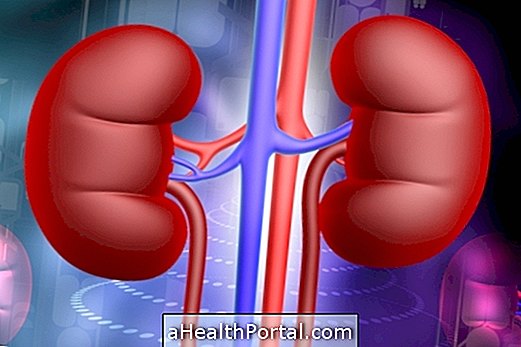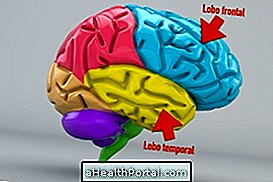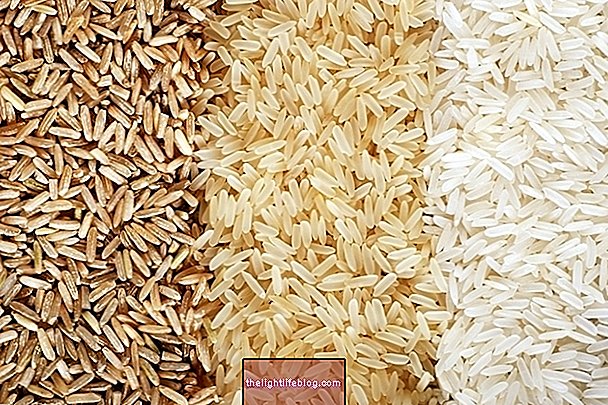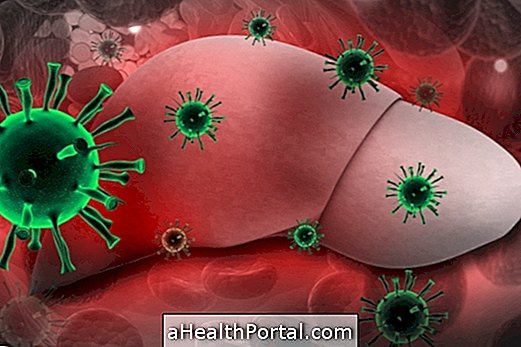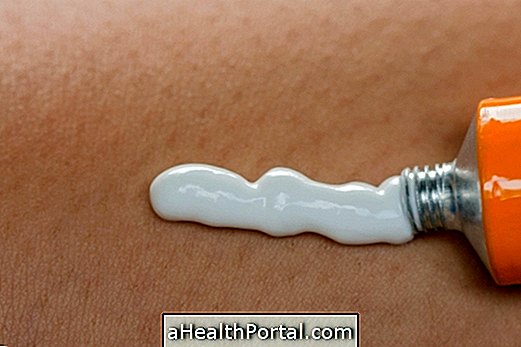Hypoparathyroidism is the disease caused by insufficient secretion of the hormone PTH, also called parathyroid hormone, by the parathyroid glands, which are located next to the thyroid.
PTH is an important hormone to maintain adequate calcium levels in the circulation, and one of the consequences of its lack in the body is the drop in levels of calcium in the blood, known as hypocalcemia, which can cause weakness, muscle spasms, bone changes, neurological symptoms or cardiac changes, for example. Learn more in Hypocalcemia.
Hypoparathyroidism is a rare disease, and its main cause is the injury or removal of parathyroid glands during neck surgery. Other possible causes are genetic diseases, autoimmune or radiotherapy of the neck, for example, or even of idiopathic cause, when the cause is not known. Pseudohypoparathyroidism occurs when PTH levels are normal, but the body is insensitive to its effect.
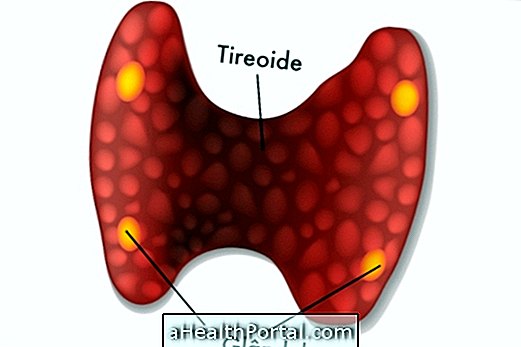
Main symptoms
The symptoms of hypoparathyroidism and pseudohypoparathyroidism are mainly related to hypocalcemia and hyperphosphatemia. The intensity of the symptoms depends on the severity and speed of the loss of calcium levels, so in more chronic and mild cases there may be no symptoms and the disease is detected on routine exams.
Some of the main symptoms are:
- Tingling in the extremities of the body, such as hands, feet or mouth;
- Muscle spasms;
- Cramps;
- Weakness or muscle pain;
- Convulsions;
- Asthma attacks;
- Impaired heart rate;
- Changes in skin, nails and hair that become drier, weaker and brittle;
- Cataract;
- Changes in movement, due to calcifications of an area of the brain responsible for the movements, called the base ganglia.
The lack of PTH can still lead to bone changes, leading to an increase in bone mass that can lead to changes in its structure.
How is the treatment done?
Treatment of hypoparathyroidism mainly seeks to control hypocalcemia. It is guided by the endocrinologist according to the cause, severity of symptoms and levels of calcium in the blood.
When there is severe hypocalcemia or with worrying symptoms, such as seizures, spasms, or heart changes, usually when calcium is below 7.5mg / dl, hospital treatment is required with calcium replacement in the vein with calcium gluconate or calcium chloride.
When the hypocalcemia is mild and chronic, the treatment consists of the replacement of calcium and vitamin D orally. Magnesium helps to stimulate the secretion of PTH, so it can be helpful, especially when your levels are low. Other remedies, such as thiazide diuretics or replacement of recombinant PTH may be directed by the endocrinologist, depending on each case.
Causes of hypoparathyroidism
Hypoparathyroidism can have several causes, including:
- Post-surgery : It happens when the parathyroid glands are injured or removed during surgery performed on the neck, usually due to a tumor in the region or for removal of the thyroid due to cancer or the presence of nodules. Check out when thyroid withdrawal is necessary and how recovery is;
- Autoimmune diseases : when the body develops antibodies that attack the cells themselves, and can reach the parathyroid glands;
- Genetic causes : as a mutation in the PTH gene or the DiGeorge syndrome, for example. Understand how this disease affects newborns and how to treat them;
- Infiltrative diseases : such as hemochromatosis, Wilson's disease or even a cancer, affecting the structures of the parathyroid glands;
- Irradiation of the parathyroid glands : usually happens due to the accomplishment of radiotherapy for treatment of cancer located in the region of the neck.
Hypoparathyroidism may also be triggered by a persistent magnesium deficiency, as this electrolyte is important for the correct secretion and action of PTH in the body.
What is pseudohypoparathyroidism
Pseudohypoparathyroidism is a disease in which genetic mutations, which may be hereditary, cause the body's tissues to become insensitive to the action of PTH.
Thus, in pseudohypoparathyroidism, even if PTH levels are normal, there are no effects on the body, so the clinical picture is similar to that of hypoparathyroidism.
The treatment consists of managing the levels of calcium and other minerals and vitamins, such as magnesium, phosphate and vitamin D, in order to avoid complications of the disease.

